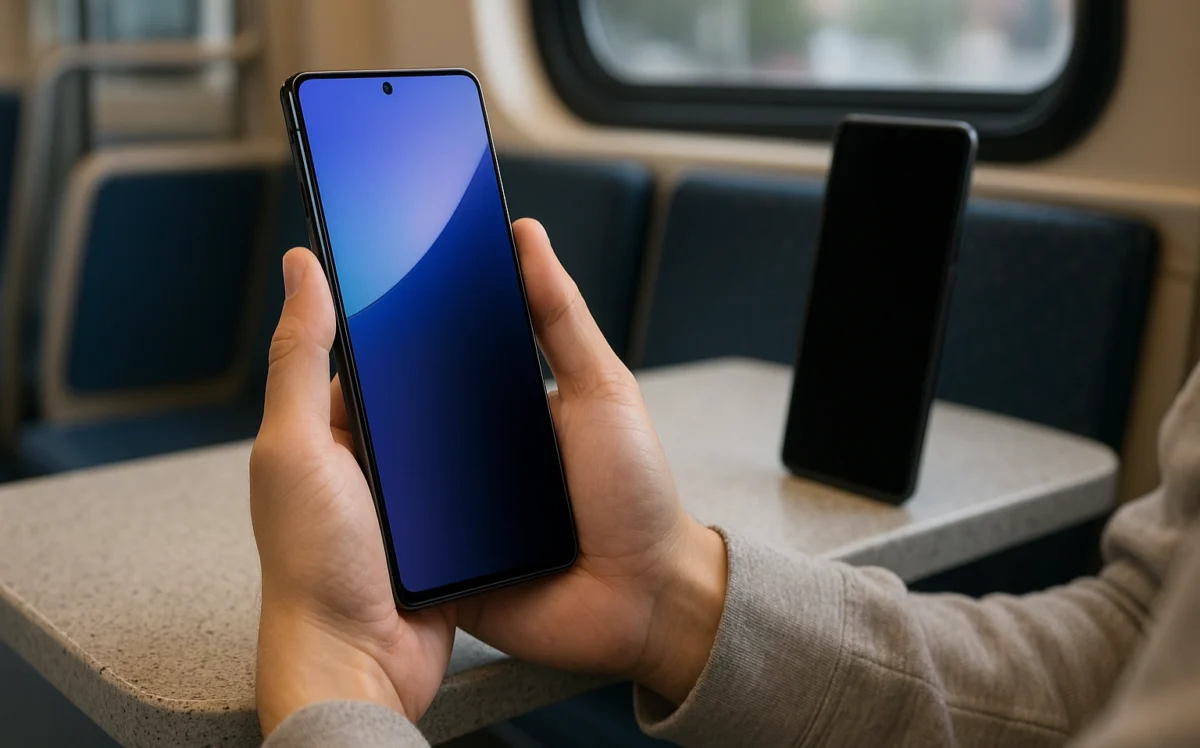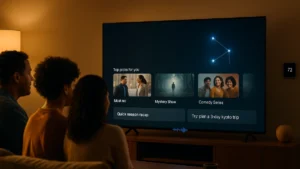Next flagship integrates screen tech that blocks side-angle viewing without extra filters.
Samsung’s upcoming Galaxy S26 Ultra is set to introduce a built-in Privacy Display — a revolutionary screen layer that prevents people nearby from viewing your screen at an angle. Unlike physical privacy filters, this tech is embedded directly into the OLED panel, adjusting visibility dynamically. The innovation is expected to debut with Samsung’s 2025 flagship lineup, according to Android Central.
What is a “Privacy Display”?
Think of it as an intelligent anti-peek shield integrated into the display itself. When viewed head-on, the screen appears clear and bright. But from a side angle, the display automatically darkens or blurs — making it unreadable to onlookers.
Samsung’s engineers are reportedly developing software controls that let users adjust the intensity or even automate the feature based on location or app type. For example, it could activate automatically during mobile banking or messaging. This marks a major step forward in personal screen security, as detailed by SamMobile.
Key Expected Specifications & Features
| Feature | Expectation / Leak |
|---|---|
| Chipset | Snapdragon 8 Gen 4 / Exynos 2500 (depending on region) |
| Display | 6.8-inch LTPO OLED, 120 Hz adaptive refresh |
| Privacy Display | Pixel-level angular dimming, adjustable via settings |
| Cameras | 200 MP primary + 50 MP periscope + ultra-wide |
| Battery & Charging | 5,000 mAh, 65 W wired, 30 W wireless |
| Other features | Satellite connectivity, Galaxy AI tools, IP68 rating |
A recent report from TechRadar suggests that Samsung’s display team is testing a multi-layer OLED stack that uses directional light filtering to control side visibility without reducing front brightness.
Why This Matters (and Why It’s Newsworthy)
Privacy-first design: For years, privacy screen protectors were sold as accessories. Samsung’s move to embed this function directly into hardware signals a new era of privacy-by-design smartphones.
Better usability: Unlike static privacy filters that permanently dim the display, this tech can switch off dynamically when privacy isn’t needed — preserving image quality and brightness.
Market impact: With rising concerns about screen snooping in public, Samsung’s innovation could set a trend across premium phones, much like Always-On Display did years ago. If successful, it could influence rivals like Apple and Xiaomi, as noted by PhoneArena.
Engineering challenge: The key lies in balancing privacy performance with brightness efficiency and display cost — areas where Samsung Display has long dominated.
Frequently Asked Questions (FAQs)
Q1: Will the privacy filter reduce brightness?
Minorly, yes — but Samsung’s adaptive brightness algorithm aims to compensate automatically.
Q2: Can I disable the feature?
Yes, early firmware builds suggest a toggle within display settings, along with app-specific triggers.
Q3: Is this the first of its kind?
For flagship smartphones — yes. While business laptops have used similar technology, no mainstream phone has implemented pixel-level privacy controls before, according to Android Authority.
Conclusion
With its rumored Privacy Display, the Galaxy S26 Ultra could redefine mobile privacy standards. By fusing software intelligence with display hardware, Samsung is moving security beyond passwords — straight into the screen itself.
Key takeaway: The future of privacy isn’t about filters or accessories. It’s built right into your display — and Samsung is leading that shift.
Last Updated on October 18, 2025 by Lucy



